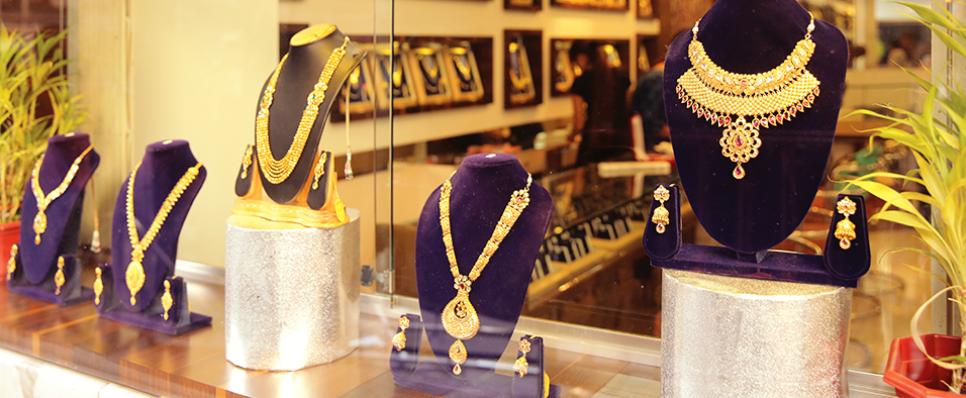Published: 20 Feb 2018
GST: a bump in the road?

The new tax regime or institution of GST, has thrown the jewellery making industry into a quandary. For an industry which is known in part for its unorganized workforce, the new tax regime brings with it a lot of compliance issues that is proving to be a hurdle in their day to day work life. The otherwise nifty artisans known for their fine detailing in intricate gold jewellery are baffled by the requirement of a digital signature—an imperative for the trade if they are to be GST compliant.
Nearly 75% of the Indian gold, gems, diamond jewellery market is unorganized, with the most impacted being the smaller players. As per reports, under GST, turnover of Rs 20 lakh-Rs 75 lakh will be under the composite list while beyond Rs 75 lakh will come under the complete tax net.
Given this scenario, the industry as a body is seeking answers to the following questions:
- How does the government propose to aid the industry in upskilling these artisans/ goldsmiths, in other words making them GST compliant?
- The government needs to clarify the definition of various works and positions of each entity –artisan, retailer, wholesaler--in the jewellery value chain so that their respective GST liabilities are known.
- In the gold and jewellery trade clients often take the barter route and pay making charges with a part of their gold. How tax will be computed on these transactions is also not clear?
Given India’s love for the yellow metal and with an GST rate of 3% and import duty of 10%, there are already concerns that this would boost gold smuggling since both seller and buyer are likely to be tempted to transact without a receipt. It seems the government has accidentally given access to a route which can be exploited to escape tax. The only silver lining according to few jewellers is that implementation of GST will erase tax advantage enjoyed by some states as this would put an end to migration of regional skilled jewellers.











